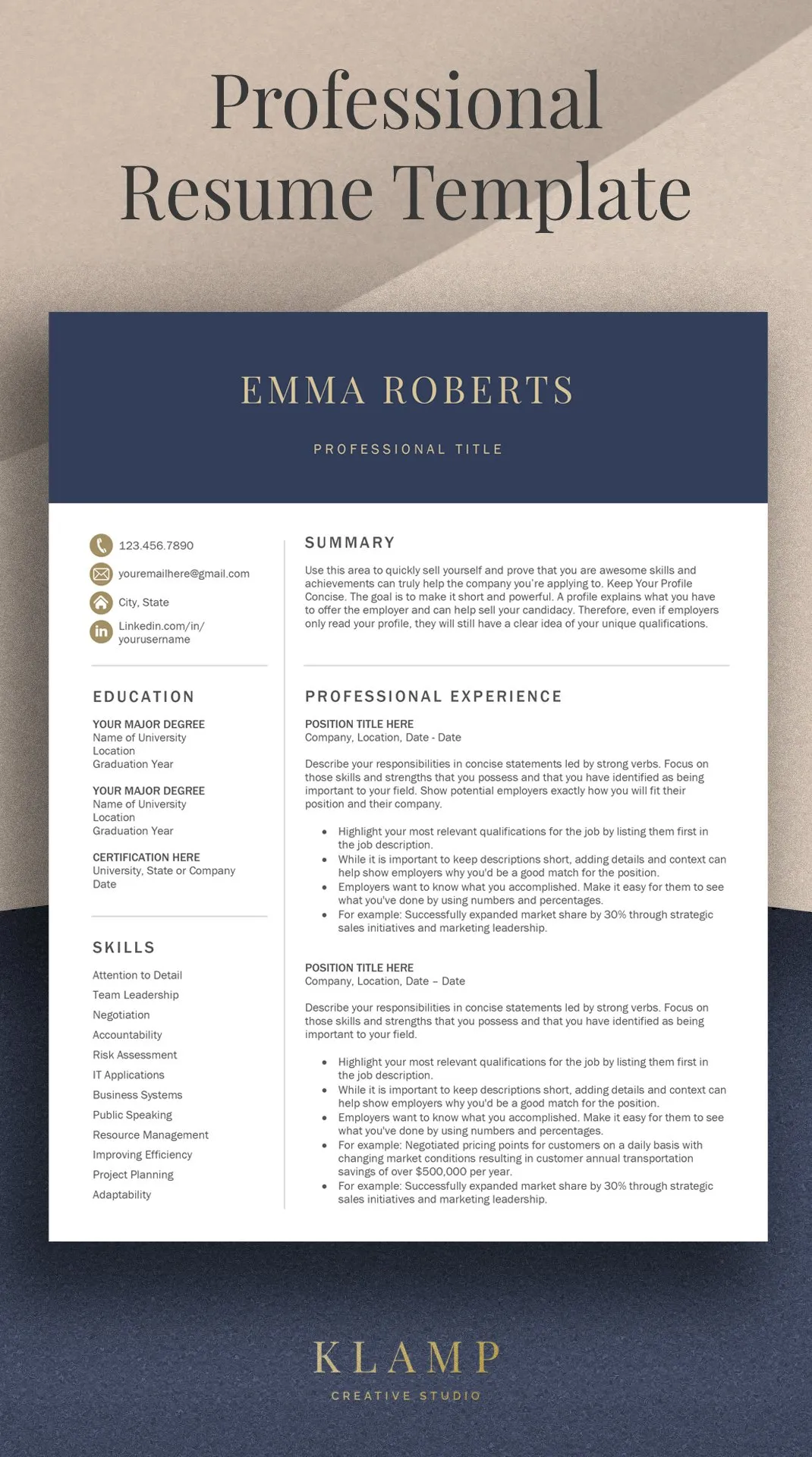What is a Cover Letter and Why You Need It
A cover letter is a crucial document that accompanies your CV or resume when applying for a job. It serves as your introduction to a potential employer, providing a space to express your interest in the position and highlight your relevant skills and experience. In essence, a cover letter is your opportunity to make a strong first impression and convince the hiring manager that you are the right candidate for the job. Unlike a CV or resume, which provides a factual overview of your qualifications, a cover letter allows you to showcase your personality, enthusiasm, and writing abilities. A well-crafted cover letter significantly increases your chances of getting noticed and securing an interview. It allows you to demonstrate why you’re a good fit for the company and the specific role, going beyond the basic details found in your resume.
Understanding the Purpose of a Cover Letter
The primary purpose of a cover letter is to persuade the reader to review your CV or resume. It should clearly state the position you are applying for, explain why you are interested in the role and the company, and briefly summarize your most relevant qualifications. The cover letter is also an opportunity to explain any gaps in your employment history, address specific requirements mentioned in the job description, and express your enthusiasm for the opportunity. It allows you to tell a story about your career aspirations and how this job aligns with your goals. A well-written cover letter demonstrates professionalism, attention to detail, and strong communication skills, all of which are highly valued by employers. It also demonstrates your research on the company and indicates genuine interest beyond just applying for any job available.
Key Components of a Cover Letter
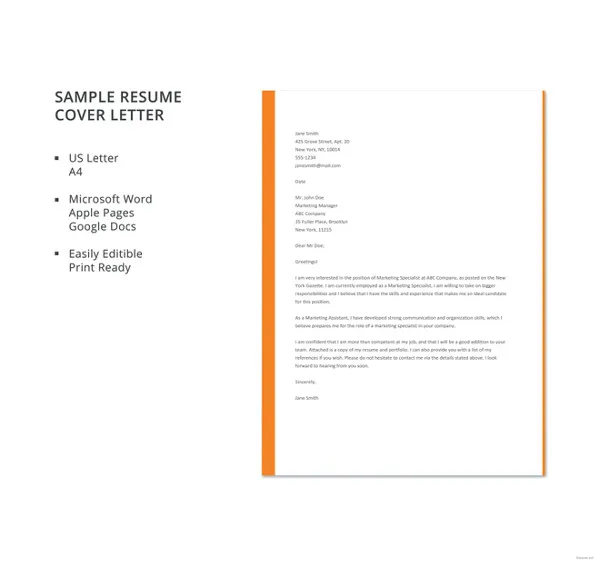
A strong cover letter includes several key components that work together to present you as an ideal candidate. First, a compelling introduction that grabs the reader’s attention and states the position you’re applying for. Next, a body section where you highlight your relevant skills and experiences, providing specific examples of your achievements and how they align with the job requirements. This section should also address the company’s needs and explain how you can contribute to their success. Finally, a concise conclusion that reiterates your interest, thanks the reader for their time, and includes a call to action, such as inviting them to contact you for an interview. It’s important to tailor each cover letter to the specific job and company, demonstrating that you have carefully considered the requirements and are genuinely interested in the opportunity.
The Significance of a CV or Resume
Your CV or resume is a detailed overview of your professional and academic background. It is a comprehensive record of your skills, experience, education, and accomplishments. The purpose of a CV or resume is to provide potential employers with a concise summary of your qualifications, allowing them to quickly assess whether you meet the requirements of the job. A well-organized and well-written CV or resume is essential for making a positive first impression and securing an interview. It is your chance to showcase your achievements and demonstrate your value to a potential employer. The CV or resume should be tailored to each job application, emphasizing the skills and experiences that are most relevant to the specific role. Proofread carefully, ensuring that the information presented is accurate, up-to-date, and easy to read. Accurate and comprehensive information helps the hiring team.
CV vs Resume Which One Should You Use
The choice between a CV and a resume depends on the country you are applying in and the type of job you are seeking. In the United States and Canada, the terms are often used interchangeably, with a resume being the standard. A resume is typically a one- or two-page document that provides a brief summary of your skills, experience, and education. A CV, on the other hand, is a more detailed document, often several pages long, that provides a comprehensive overview of your academic and professional history. A CV is typically used for academic, research, or medical positions, as it includes information about publications, grants, and other academic achievements. For most job applications, a resume is sufficient. It is critical to understand the expectations for the specific job and industry when deciding which document to submit. When in doubt, check the job description to clarify what the employer prefers.
Essential Sections of a CV

A well-structured CV or resume typically includes several key sections. These include a contact information section, which provides your name, phone number, email address, and potentially a link to your LinkedIn profile. The next section often includes a summary or objective statement that highlights your key skills and career goals. Following that, you should include a section detailing your work experience, listing your previous jobs in reverse chronological order, along with your responsibilities and accomplishments in each role. An education section that lists your degrees, certifications, and any relevant coursework is also crucial. Finally, you may include sections for skills, such as technical skills, language proficiency, and other abilities relevant to the job. Consider a section for awards or publications if relevant to the position. The arrangement can change according to your field and type of job.
Crafting a Compelling Cover Letter CV Example
Crafting a compelling cover letter is essential for making a strong impression on potential employers. Start by researching the company and the specific role, then tailor your letter to highlight the skills and experiences most relevant to the job description. Begin with a strong opening statement that immediately captures the reader’s attention and states your interest in the position. In the body paragraphs, provide specific examples of your accomplishments and demonstrate how your skills align with the company’s needs. Be sure to use action verbs to describe your experience and quantify your achievements whenever possible. Before submitting, carefully proofread your cover letter for any grammatical errors or typos. The letter should be concise, professional, and engaging, making the reader want to learn more about you. The goal is to showcase your unique value and convince the hiring manager you are a great fit for their team.
Highlighting Your Skills and Experience
Effectively highlighting your skills and experience is crucial for a successful cover letter. Start by reviewing the job description carefully and identifying the key skills and qualifications the employer is seeking. Then, in your cover letter, provide specific examples of how you have demonstrated those skills in your previous roles. Use action verbs to describe your achievements and quantify your results whenever possible. For example, instead of saying, ‘Managed a team,’ say ‘Managed a team of 10 employees, increasing productivity by 15%.’ Tailor your examples to match the specific requirements of the job, showcasing your ability to perform the duties and contribute to the company’s success. Focus on what you have learned and accomplished to show your reader your capabilities. Also, highlight any unique skills or experiences that set you apart from other candidates, making you stand out from the competition. Make sure all highlighted skills match the requirements of the job.
Tailoring Your Cover Letter and CV for Each Job
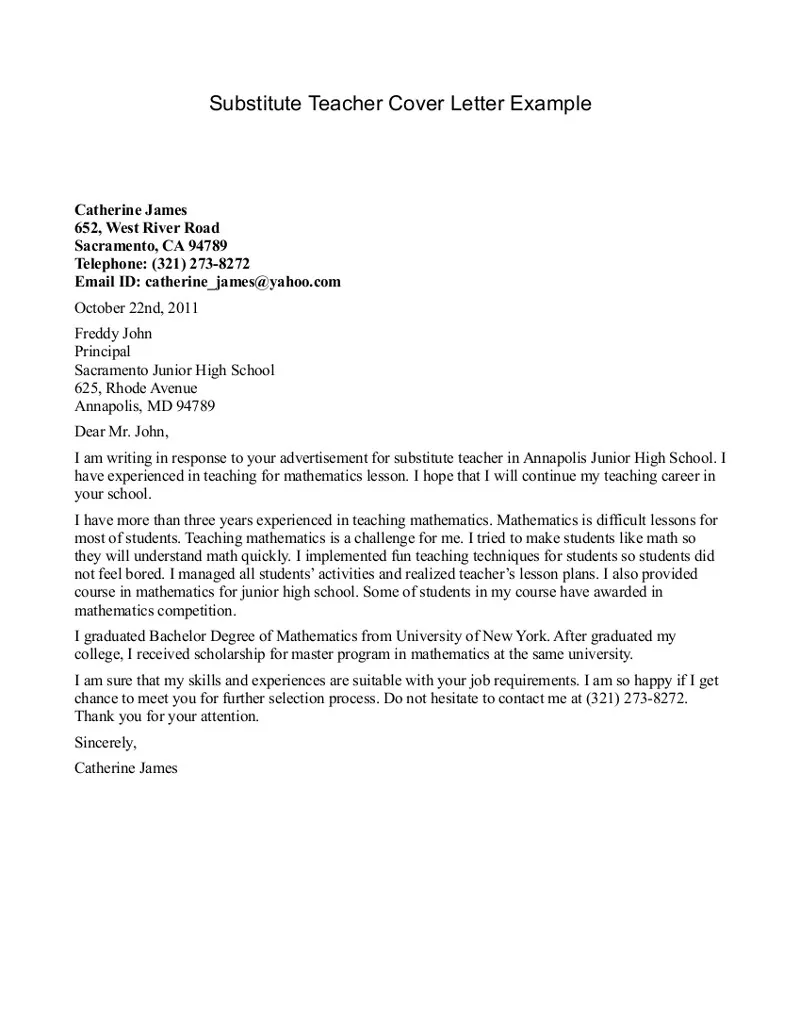
Tailoring your cover letter and CV for each job is a critical step in the application process. Generic cover letters and resumes are often overlooked by hiring managers. To tailor your documents, carefully review the job description and identify the key requirements, skills, and qualifications the employer is seeking. Then, customize your cover letter and resume to emphasize the experiences and skills that are most relevant to the specific role. Use the same keywords and phrases that are used in the job description, demonstrating that you understand the requirements and are a good fit for the position. Provide specific examples of how you have demonstrated those skills and achieved results in your previous roles. Customize your experience and skill sections to match the requirements, and consider adjusting your summary to highlight the job. By taking the time to tailor your application materials, you demonstrate your genuine interest in the job and increase your chances of getting noticed and securing an interview.
Cover Letter CV Example Dos and Don’ts
Creating a compelling cover letter and CV involves adhering to certain best practices while avoiding common mistakes. Do research the company and customize your documents for each job application. Do use a professional format and clear, concise language. Do highlight your relevant skills and experience with specific examples and action verbs. Do proofread your documents carefully for any errors in grammar or spelling. On the other hand, don’t use a generic cover letter template that could be used for any job. Don’t include irrelevant information or exaggerate your accomplishments. Don’t make spelling or grammatical errors, as this creates a bad impression. Don’t use jargon or overly complex language. Always remember to be honest and authentic. Avoid clichés and focus on presenting yourself in a way that clearly conveys your value to the employer.
Common Mistakes to Avoid
Several common mistakes can significantly reduce the effectiveness of your cover letter and CV. One of the most significant is failing to tailor your documents to the specific job and company. Another mistake is using generic templates or language that does not reflect your unique skills and experience. Including irrelevant information or exaggerating your accomplishments can also damage your credibility. Grammatical errors and typos are a big no-no, as they demonstrate a lack of attention to detail. Another frequent mistake is writing a cover letter that is too long or rambling. It is essential to keep your cover letter concise and to the point. Failing to proofread your documents before submitting them is a critical error. Always ask a friend or family member to review your application before submitting, as a second pair of eyes can often catch errors you may have missed. Also, make sure the tone and language match the requirements of the application.
Tips for a Professional Cover Letter and CV
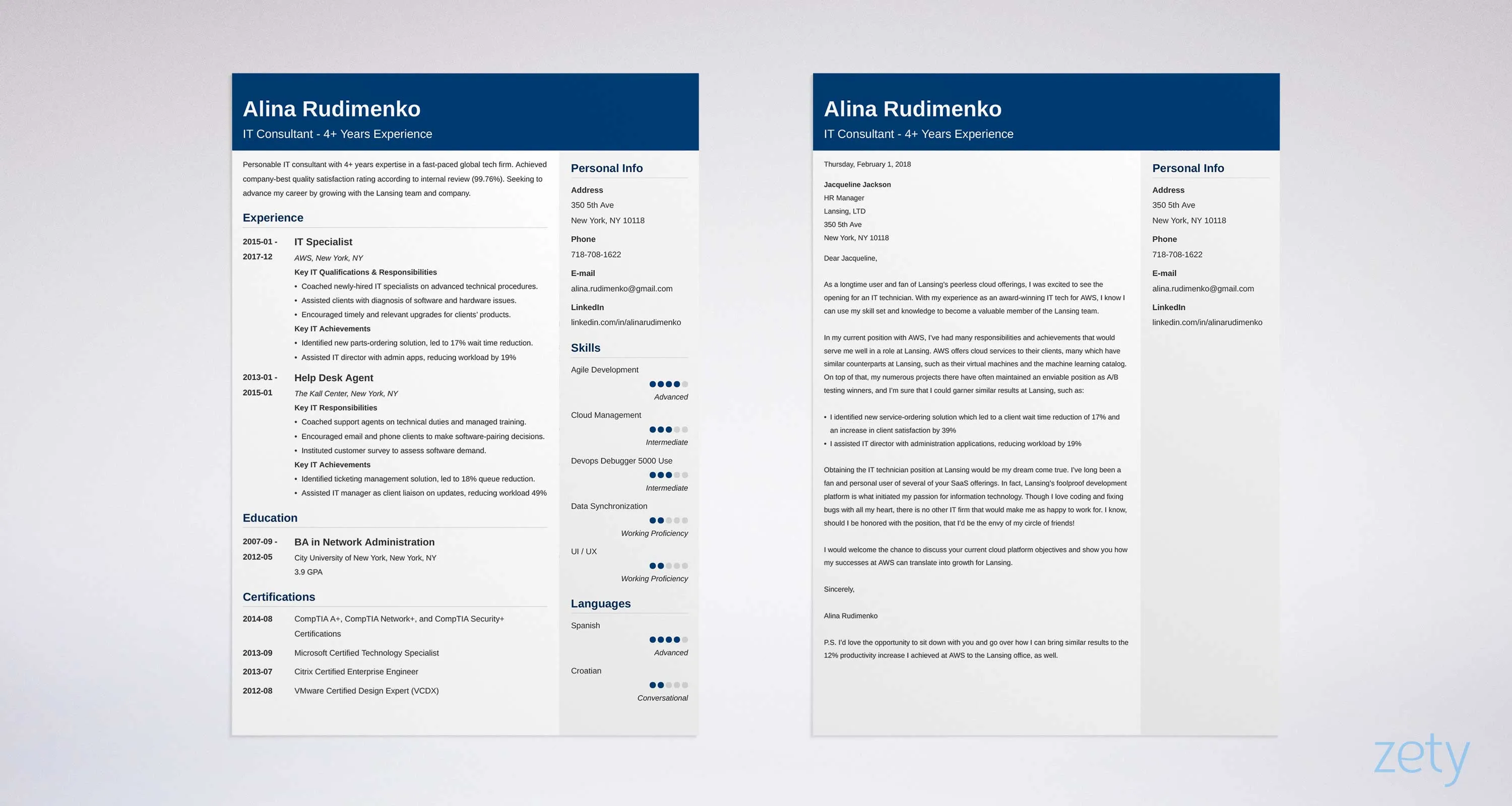
To create professional cover letters and CVs, there are several tips to consider. Use a professional format, clear font, and easy-to-read layout. Tailor each cover letter to the specific job and the company, highlighting the most relevant skills and experience. Use action verbs to describe your accomplishments and quantify your achievements whenever possible. Keep your cover letter concise, ideally one page long, and your CV to two pages maximum unless otherwise required. Proofread carefully for any errors in grammar or spelling, and have someone else review your documents. Focus on your key strengths and tailor your documents to match the requirements of the job. Show your enthusiasm for the opportunity and express your personality while maintaining a professional tone. If you have a portfolio or website, consider including a link in your contact information.
Cover Letter CV Example Resources and Tools
Several resources and tools can assist you in creating effective cover letters and CVs. Online templates offer a variety of formats and layouts to help you structure your documents. Career websites and blogs provide valuable advice and examples of successful cover letters and resumes. Professional writing services can help you review and edit your documents. These services can help ensure your application materials are polished and effectively communicate your skills and experience. Networking with career counselors or professionals in your field can provide valuable feedback and insights. Remember to tailor your applications to each job and take the time to proofread everything before submitting. Leverage templates to organize your information and professional writing services to ensure accuracy.
Online Templates and Examples
Numerous online resources provide cover letter and CV templates and examples. These templates can help you structure your documents, ensuring you include all the necessary information and present it in a professional format. Many websites offer free cover letter and resume templates in various formats, such as Word, PDF, and Google Docs. Be sure to choose a template that aligns with your industry and the specific requirements of the job. Reviewing examples of successful cover letters and CVs can provide valuable insights into how to highlight your skills and experiences. By utilizing online templates and examples, you can create a polished and effective cover letter and CV that will help you stand out from the competition. Make sure the template you choose allows for easy personalization and customization of the content to match your specific skills and experience.
Professional Writing Services
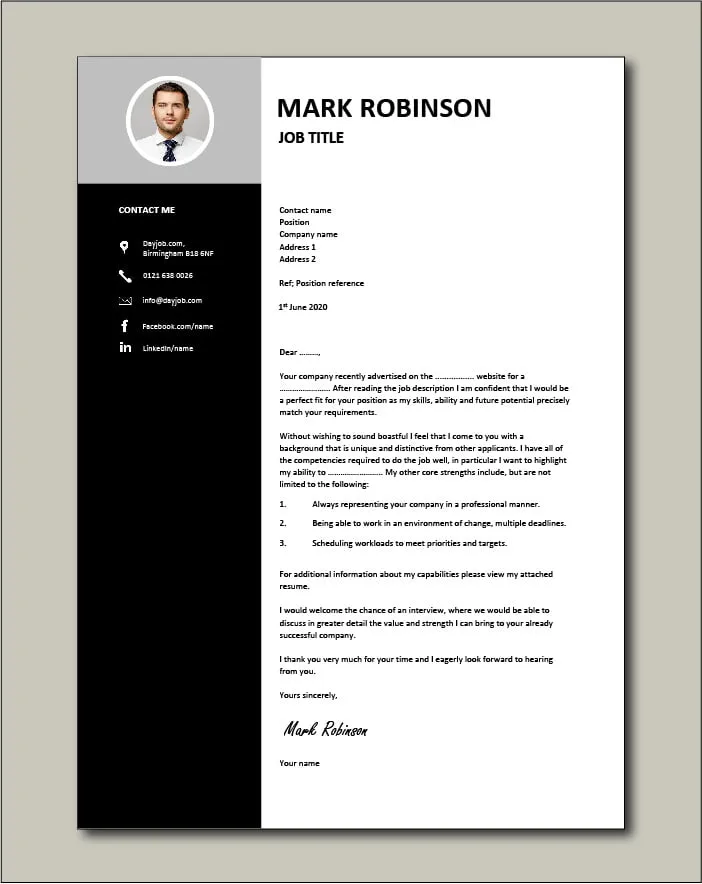
Professional writing services can provide valuable assistance in creating and refining your cover letters and CVs. These services offer a variety of options, from resume reviews and editing to complete document creation. Professional writers can help you tailor your application materials to specific jobs, highlight your key skills and accomplishments, and ensure your documents are free of errors. They also have expertise in formatting and layout. Professional writing services can significantly increase your chances of securing an interview and landing your dream job. Although there is a cost associated with these services, the investment can be well worth it. Services help to identify and fix issues such as language, formatting, and more. Consider the specific level of service that meets your needs and budget when choosing a professional writing service.
